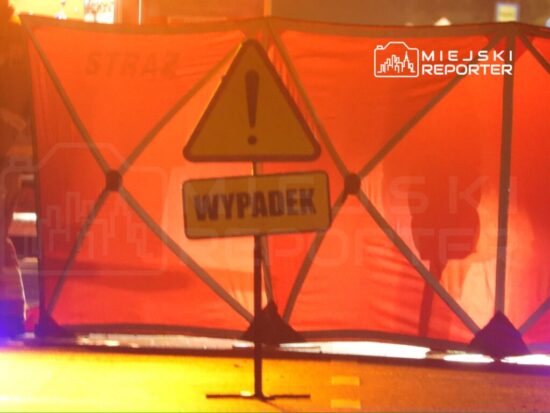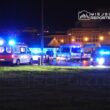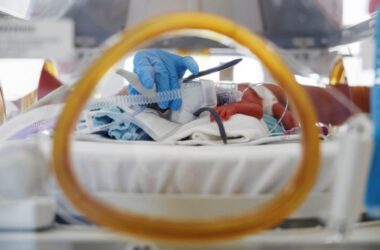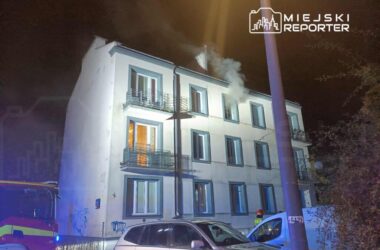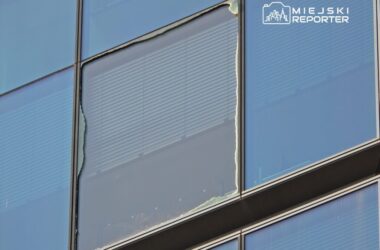“Poland turns back its clocks from CEST to CET tonight, and from Monday it anticipates more pedestrian collisions after sunset.”
Clock‑Change Rules and Timing
From Saturday night, 25 to 26 October, Poland moves from daylight saving time (CEST, UTC+2) to Central European Standard Time (CET, UTC+1). At 3 am the hands are set back to 2 am.
Automatic and Manual Time Adjustments
Electronic devices such as smartphones, computers and set‑top boxes usually adjust automatically based on the time zone. Analogue clocks, kitchen timers, car displays and systems lacking automatic sync must be corrected manually. Train schedules that run during the change may be amended to the new timetable after clocks are set back. Poland will remain on CET until March 2026.
Earlier Dusk Impacts Visibility
After the switch, twilight arrives sooner in major cities, reducing visibility during after‑hours rush. Autumn weather, especially rain, makes wet pavement reflect vehicle and infrastructure lights, making it harder for drivers to spot pedestrians.
High‑Risk Pedestrian Areas
Our monitoring shows the most unsafe spots are: crosswalks without traffic lights on long, multi‑lane roads; areas around bus stops where pedestrians step straight onto lanes; intersections with a “green wave” that keeps drivers at higher speeds; and residential streets with limited lighting.
Incident Monitoring Trends
Under these conditions, drivers often notice people in dark clothing later, and braking distances are longer on wet roads. When rain falls after dusk, both pedestrian and vehicle traffic concentrate simultaneously, raising the number of interventions involving pedestrians. Our editorials track evening and night reports, especially near major transfer hubs, schools and busy routes.
Road Safety for Pedestrians and Cyclists
Outside built‑up areas pedestrians must wear reflective elements after dark, a practice that, although not legally required within city limits, greatly improves visibility in rain and twilight. Cyclists are obliged to keep proper lighting – white front and red rear – a critical safety factor in autumn weather.





